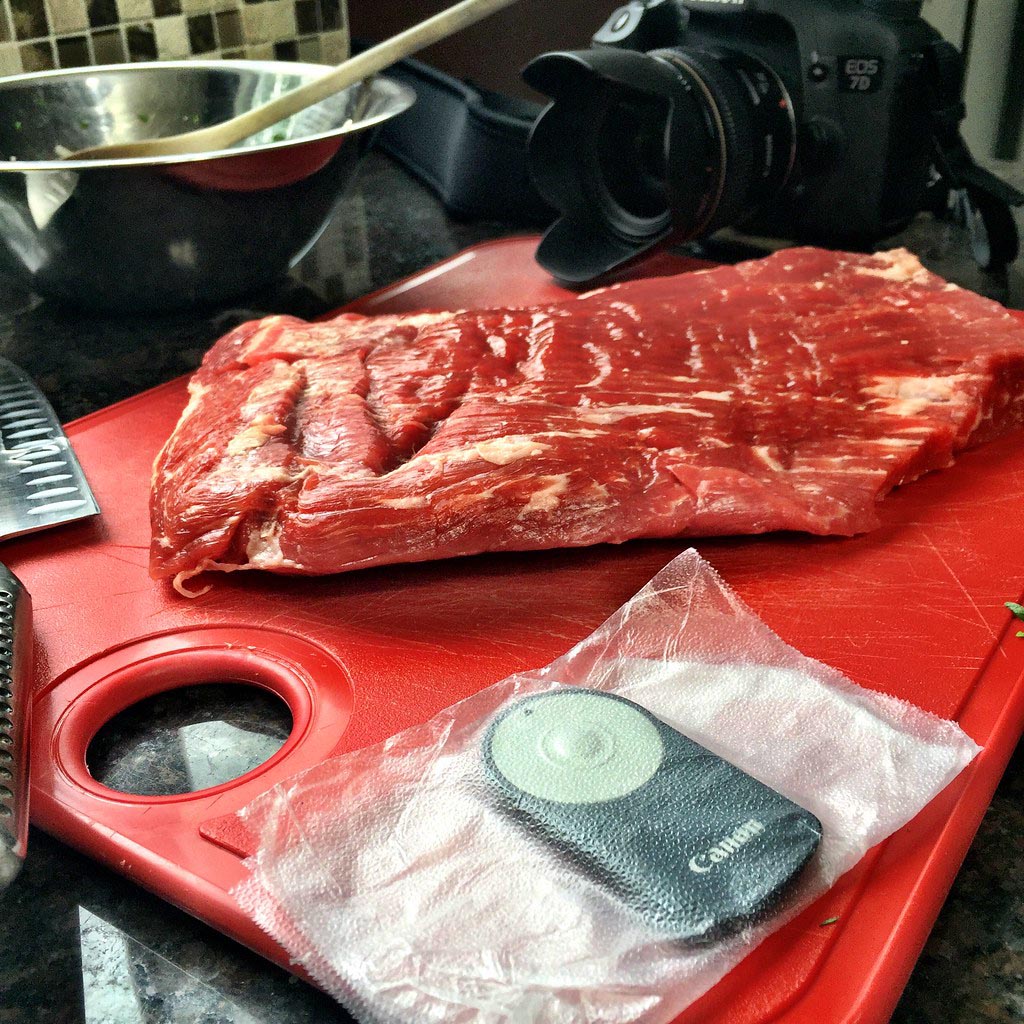
Most biological hazards in the finished product are due to cross-contamination phenomena. Two decades ago, the WHO found that 25% of food poisoning outbreaks in Europe were associated with cross-contamination. The picture has improved, but none of us is unaware, for example, of the outbreak of Listeria monocytogenes in larded meat in 2019.
Cross-contamination is the direct or indirect transmission of micro-organisms from one food to another and is at its highest risk when it occurs from raw food and as a result of inadequate hygiene contaminates processed or ready-to-eat food. In this case, potential pathogenic micro-organisms meet very few barriers and can multiply to risky levels. The most frequent routes of contamination are handlers, contact surfaces and/or equipment, unprocessed raw materials and vectors.
Bacteria colonising surfaces can act as a reservoir for spoilage micro-organisms such as Pseudomonas aeruginosa and/or pathogens such as Staphylococcus aureus, Escherichia coli O157:H7 and Listeria monocytogenes. In turn, they can contaminate foodstuffs or carcasses directly through the processing environment and can even survive cleaning and disinfection treatment especially if they form biofilms. Considering that all biofilms are communities of micro-organisms that synthesise a number of substances that give them stability, nutrition and protection against hostile agents, with direct or indirect implications on the health of consumers, one can understand the need for more specific hygiene measures with regard to surface sanitisation programmes and the need to employ control methods that allow us to verify their effectiveness quickly, accurately and at the lowest possible cost. Although cleaning and disinfection is an essential step in achieving safe and wholesome foodstuffs, their monitoring and control by means of traditional and/or rapid techniques is the only way to verify their effectiveness and ensure the appropriate hygienic and sanitary conditions for the processing and handling of foodstuffs.
The usefulness of surface hygiene control methods is considered a crucial link in the identification of both banal and pathogenic micro-organisms. The development of new methods, whose main advantage over conventional methods is the speed of data collection, is perfectly suited to the real needs of today’s industry. The objective sought by food industries in hygiene control focuses on two points<. Specificity in detection and reduction of analysis time.
Clean-BIotec offers a range of environmental controls, both in air and on surfaces, to ensure that cleaning and disinfection systems in the food industry work, and also assists in the resolution of cross-contamination problems.
Clean-Biotec
laboratorio@clean-biotec.com
(+34) 941 238 261
www.clean-biotec.com


